The freak desert storm damaged at least 40 per cent of homes in Kintore, about 520 kilometres west of the red centre, forcing 100 of its 400 residents to flee.
Uluru National Park was shut down at 9am on Monday but visitors revelled in the rare sight of water cascading down the sides of the massive rock the day before.
Dozens of waterfalls completely changed its complexion and put on a show for tourists who stayed out in the rain to watch the spectacle.
Photos and video from the base of Uluru showed huge pools forming below the waterfalls that lapped around raised walkways.
A thick low-lying white cloud obscured the top of the rock.
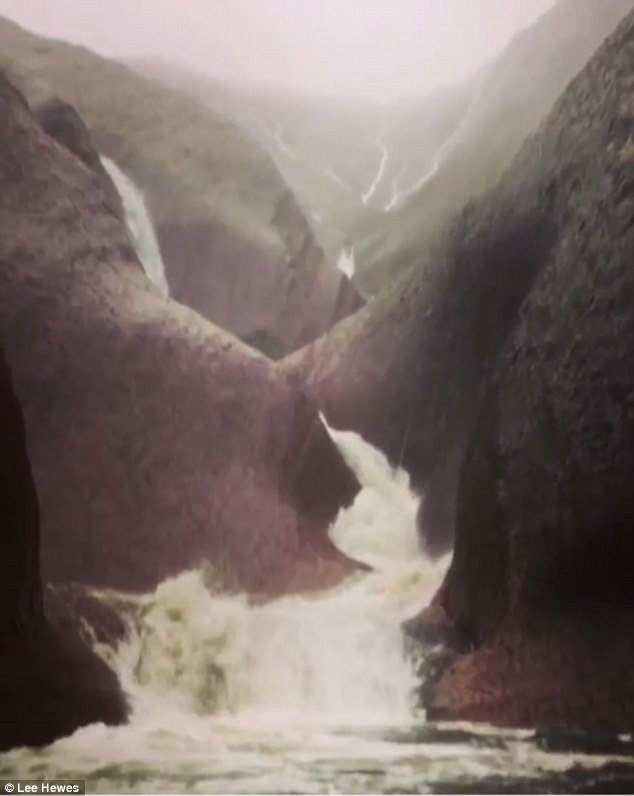
Park manager Mike Misso said the park was closed due to the risk of flooded roads and the potential for car accidents.
'There's a lot of water coming off the rock and what that does is just channels across the ring road around Uluru, some of those roads there were flooded by about 300 to 400 millimeteres of rain,' he told the ABC.
'[It is] quite spectacular but very hazardous road conditions.'
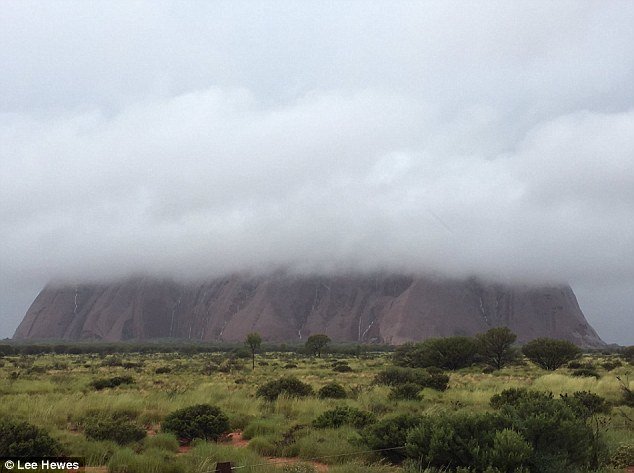
'It is a remote area and it's quite tricky, all the roads are impassable... it's quite dangerous to get though, so it's obviously going to impair us getting resources in there,' Acting Superintendent Pauline Vicary said.
Kintore remained largely cut off with 20-25 homes completely flooded, along with other remote towns in the area.
'It is a remote area and it's quite tricky, all the roads are impassable... it's quite dangerous to get though, so it's obviously going to impair us getting resources in there,' Acting Superintendent Pauline Vicary said.
Previously, the highest monthly total for December for that region was 161 milimetres, recorded in 2003. About 373.4 milimetres has fallen so far this month.
The highest daily total for any time of the year was 127 milimetres, recorded in March 2006, and the region averages only 274.6 milimetres for a whole year.
The last time tourists were treated to waterfalls at Uluru was in August when 16 milimetres of rain fell on the rock, and before that in January.
Only three per cent of the 400,000 visitors experience the breathtaking sight.
The area only averages 308 millimetres of rain a year with an average of five cloudy days a month and 28.8 days where it could rain a year.
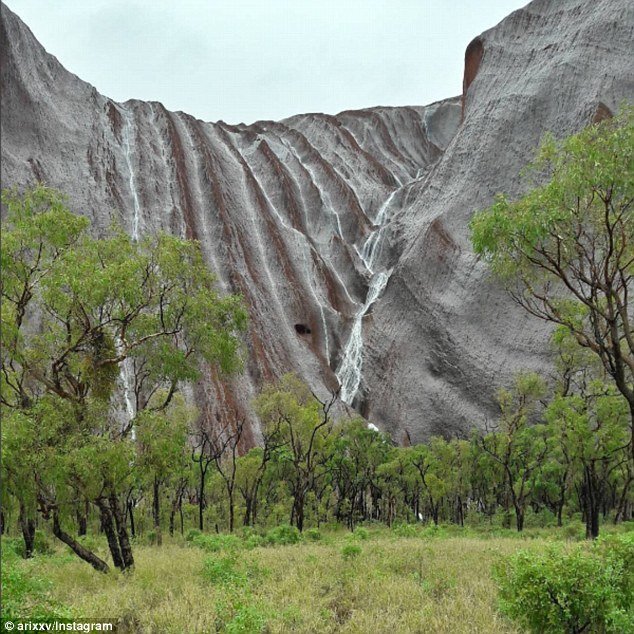
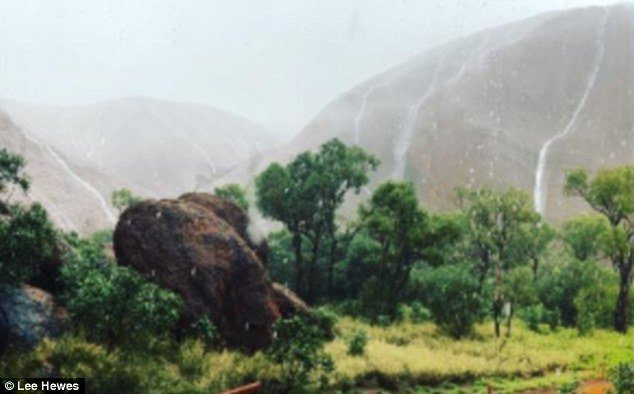
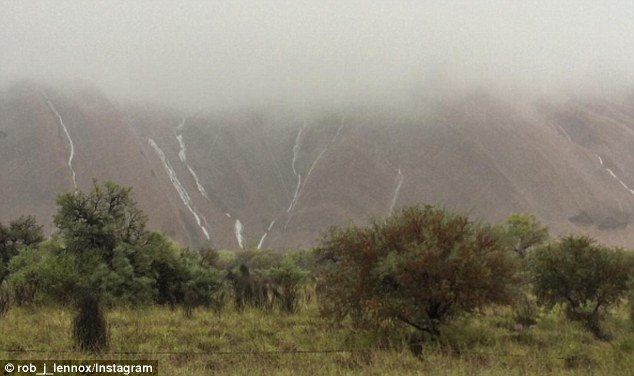



Reader Comments
to our Newsletter